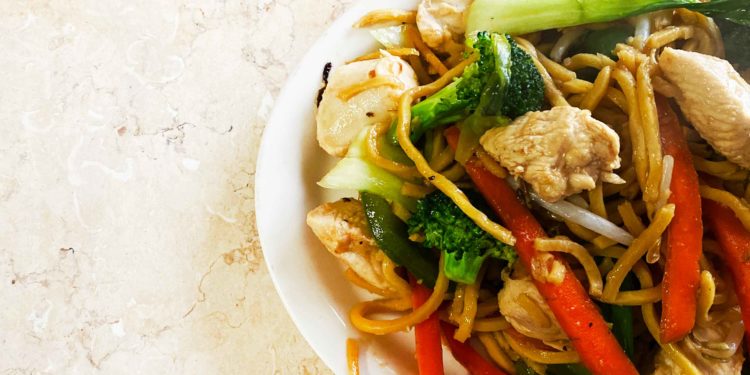Cooking at home does not mean we have to forget some of the dishes or flavors we love when eating out. In this issue, we want to recommend some staple ingredients you can incorporate into your cooking to bring a Thai, Chinese, Japanese or Vietnamese influence to your table. With the following ingredients handily available in your pantry, don’t forget to pick up some fresh garlic, ginger, and scallions — and you will be on your way to putting some key flavors in any dish.

Soy sauce
Probably the most recognizable ingredient in any Asian dish, soy sauce is a must-have if you want to start any Asian-inspired recipe off right. This dark, salty-tasting sauce is brewed from soybeans and wheat. It’s very popular and a versatile staple that can be used for dipping, marinating and cooking.
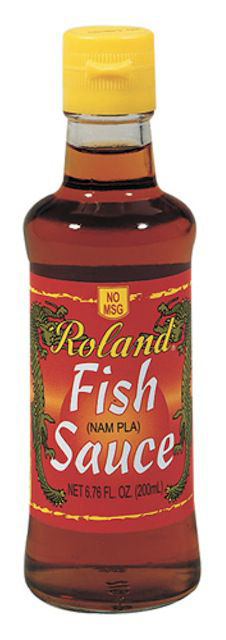
Fish sauce
This anchovy extract is used as a cooking sauce to add salty, savory taste to dishes; it’s a flavor you will recognize from Thai and Vietnamese cuisine. A little bit of fish sauce goes a long way and will provide lots of flavor to a dish.

Oyster sauce
This thick, dark brown sauce is made from oyster extracts and is considered a staple in Chinese family-style dishes. It is used to flavor meat and veggies or as a topping or dipping sauce. It has a salty and unique taste that enhances whatever it touches. Often used in Cantonese food.
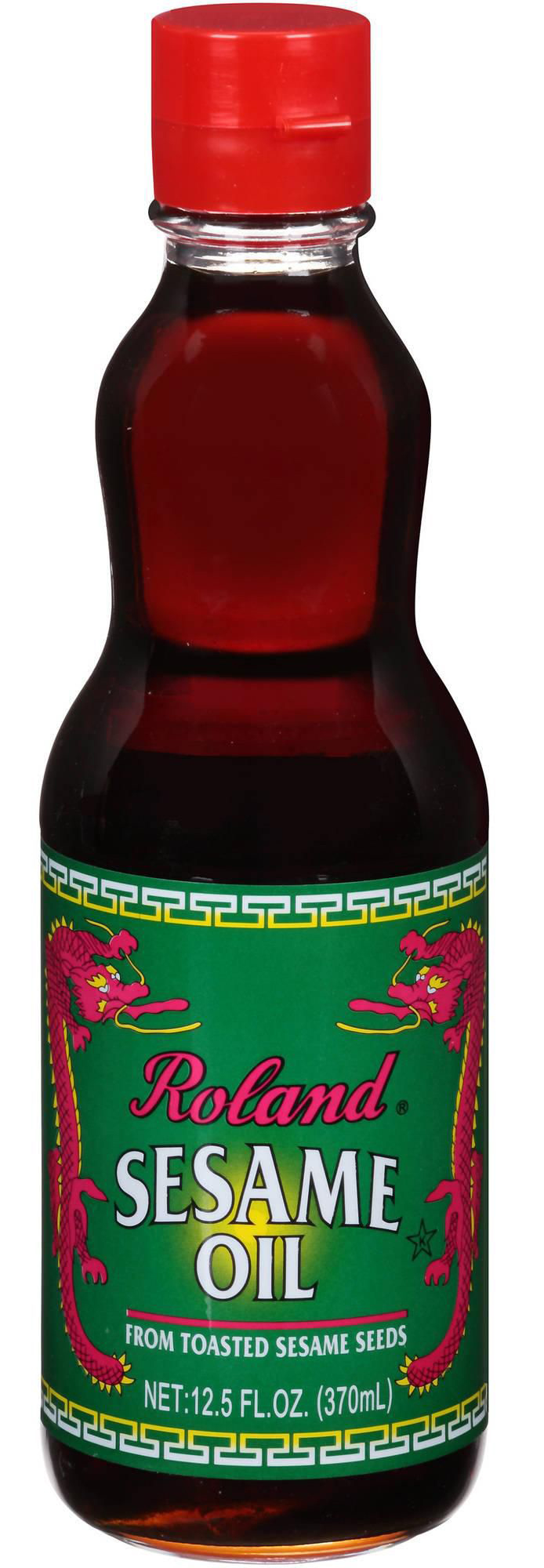
Sesame oil
Made from toasted sesame seeds, this oil has a nutty, aromatic flavor. It is used as a condiment for seasoning, often added at the end of cooking to preserve its wonderful flavor. It also has a strong taste so use it in small amounts.
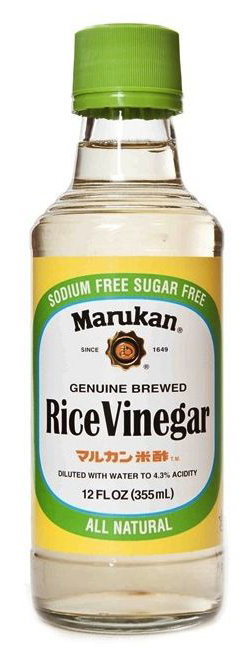
Rice vinegar
This vinegar has a more delicate level of acidity than most wine vinegars, it is clear in color and won’t affect the color of your dishes. It can be used for salad dressings, marinades and dipping sauces.

Hoisin sauce
The name comes from the word “seafood,” but the sauce is made from grounded soybeans, starches and is seasoned with chilies, garlic, vinegar, sugar and five Chinese spices to create a salty and sweet taste for use in marinades, stir-fries, dipping and glazing meats.
Easy chow mein recipe
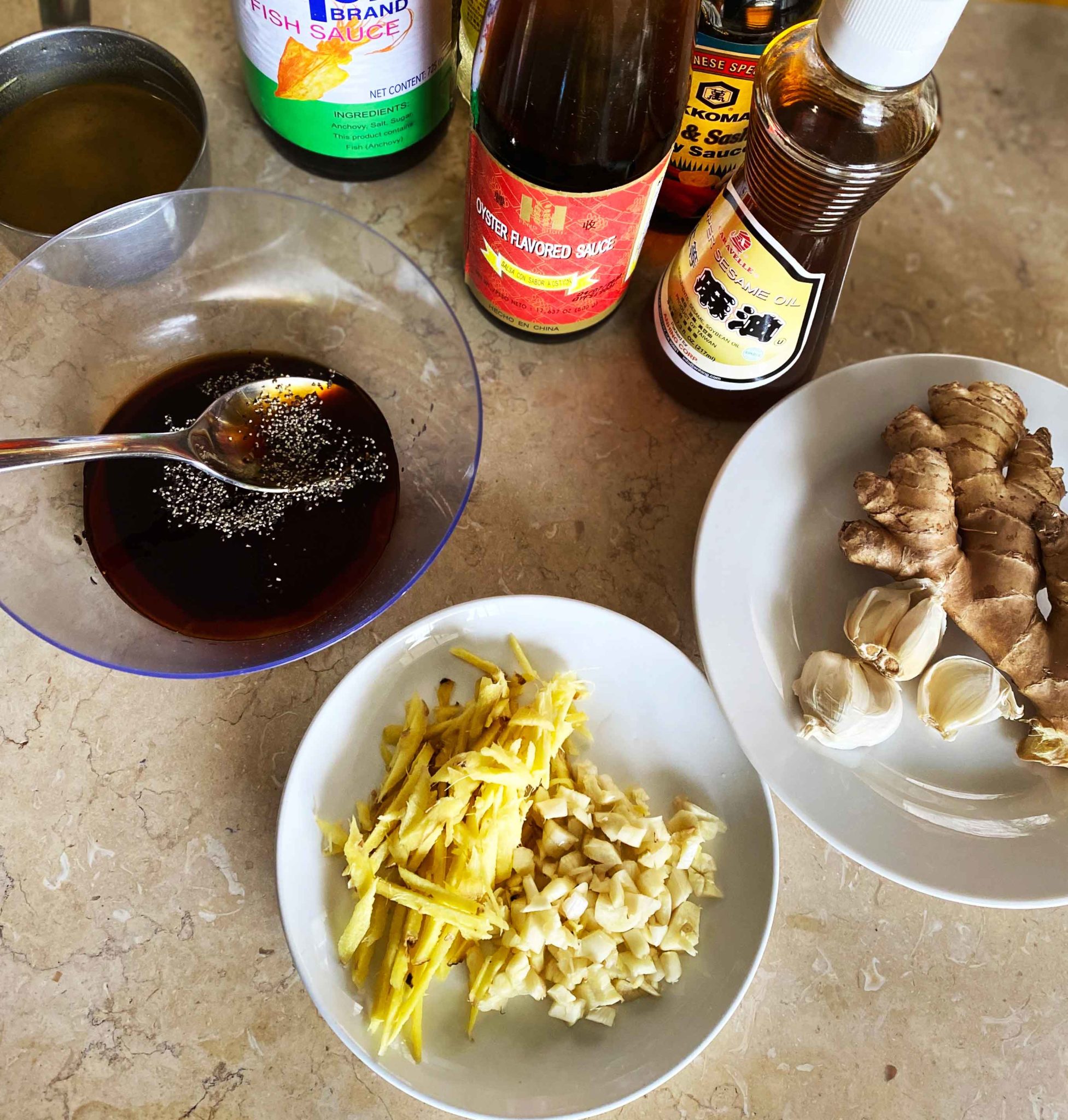
Sauce:
2 tablespoons of oyster sauce
1 tablespoon of hoisin sauce
1 tablespoon of fish sauce
½ cup of chicken or vegetable stock
1/8 tablespoon of black pepper
Mix in a bowl and set aside.
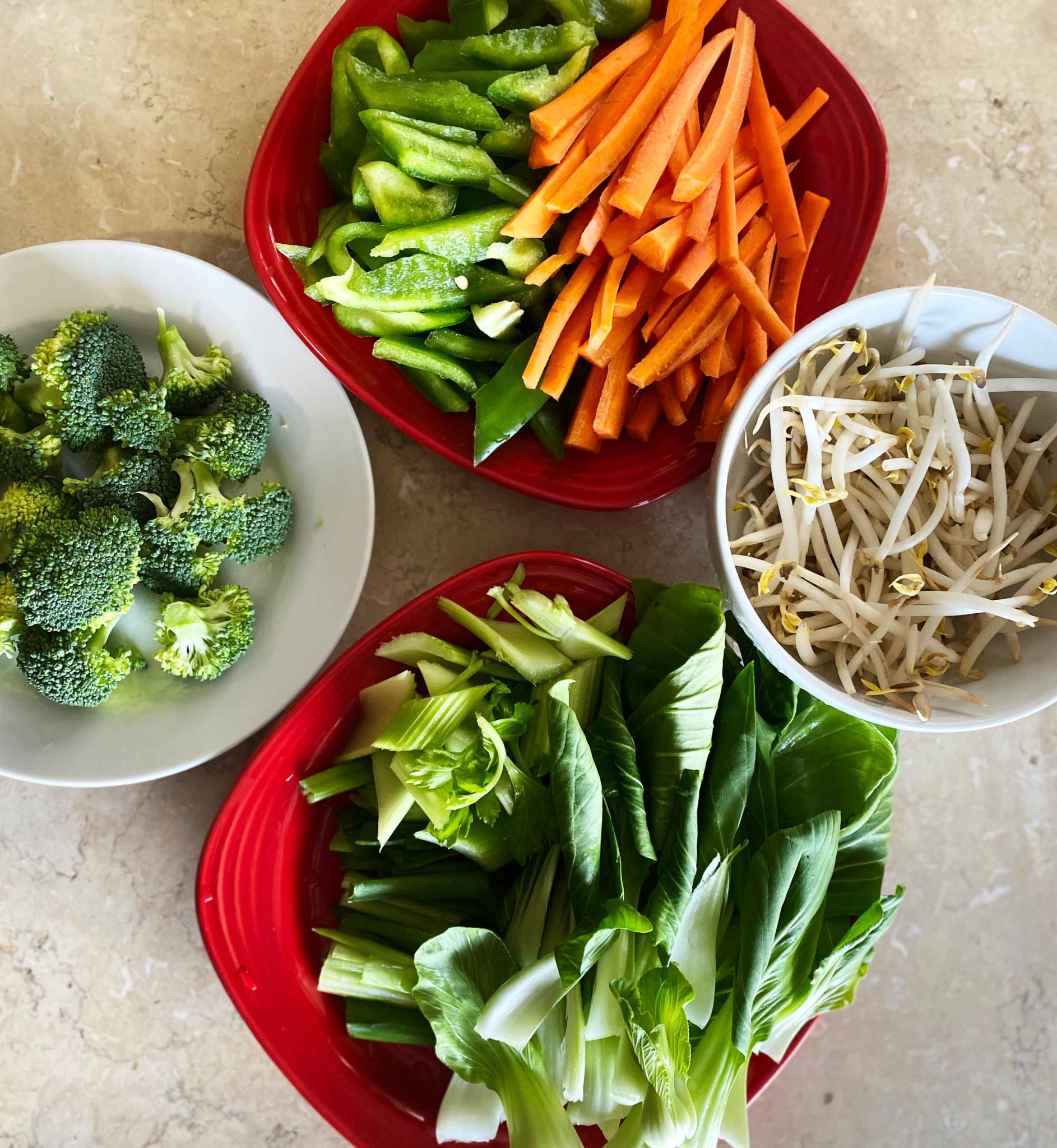
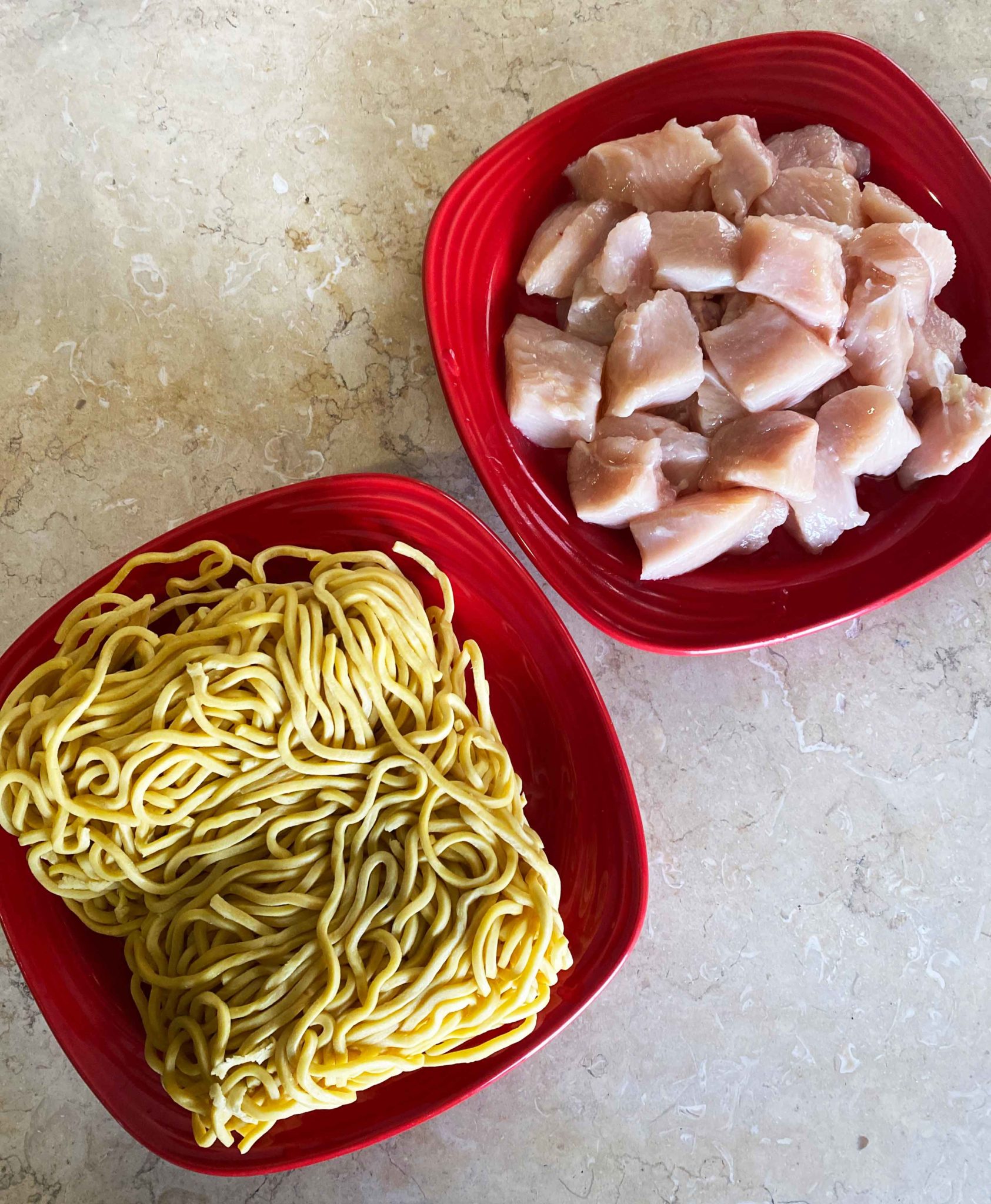
Ingredients:
Protein (chicken, beef or shrimp)
1/8 tablespoon of black pepper
1 tablespoon of rice vinegar
3-5 chopped garlic cloves
1 ounce of ginger, very thinly sliced
1 bell pepper, seeds removed and thinly sliced
½ a cabbage, thinly sliced
3 green onions cut in half and lengthwise, then into two 4” slices
1 cup of bean sprouts
(Vegetables can be whatever you want to put in so other things you can add are thinly sliced carrots, mushrooms or even thinly sliced celery)
10 ounces ready-to-use egg noodles or two packages of instant ramen noodles (you don’t need the flavor packet) cooked al dente and drained
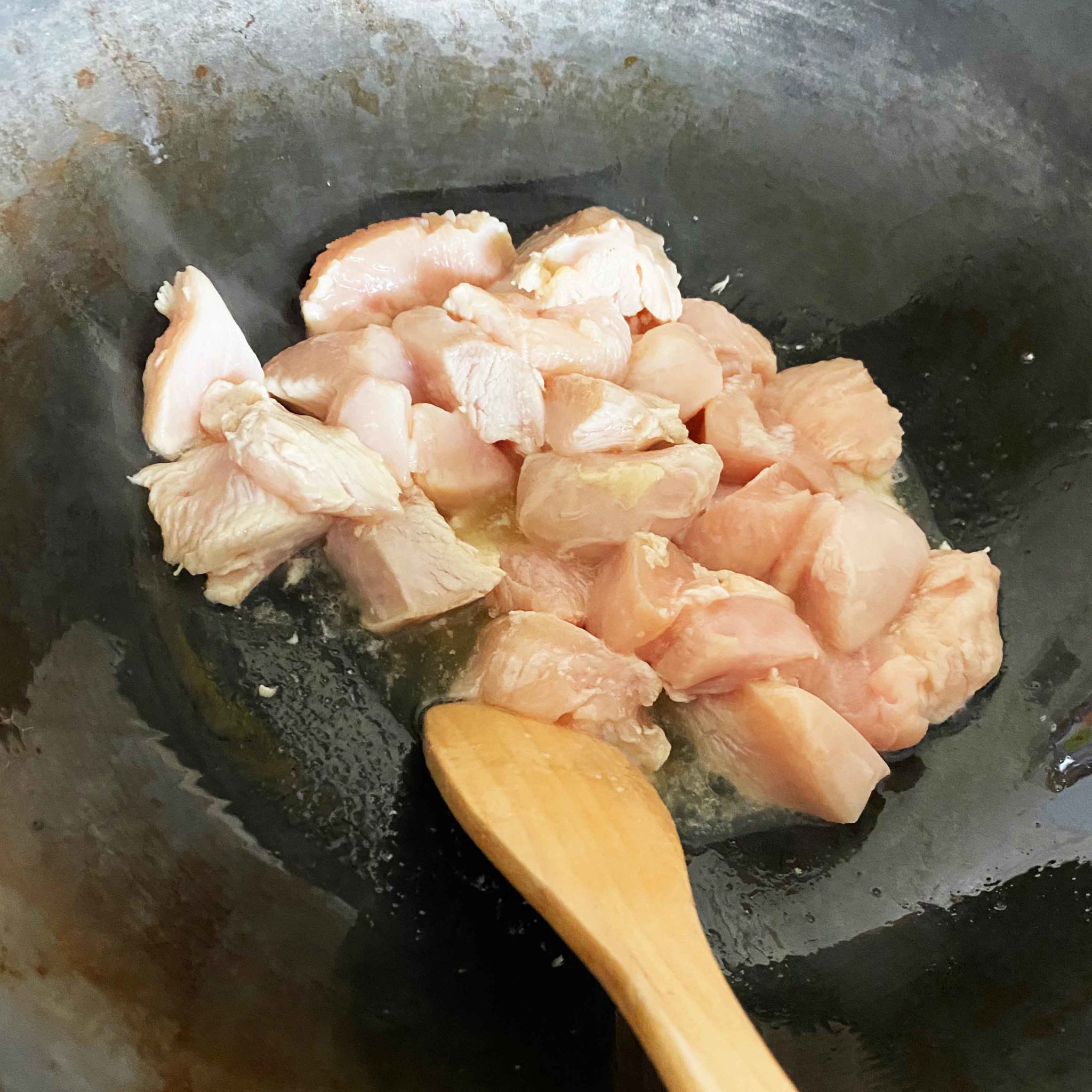
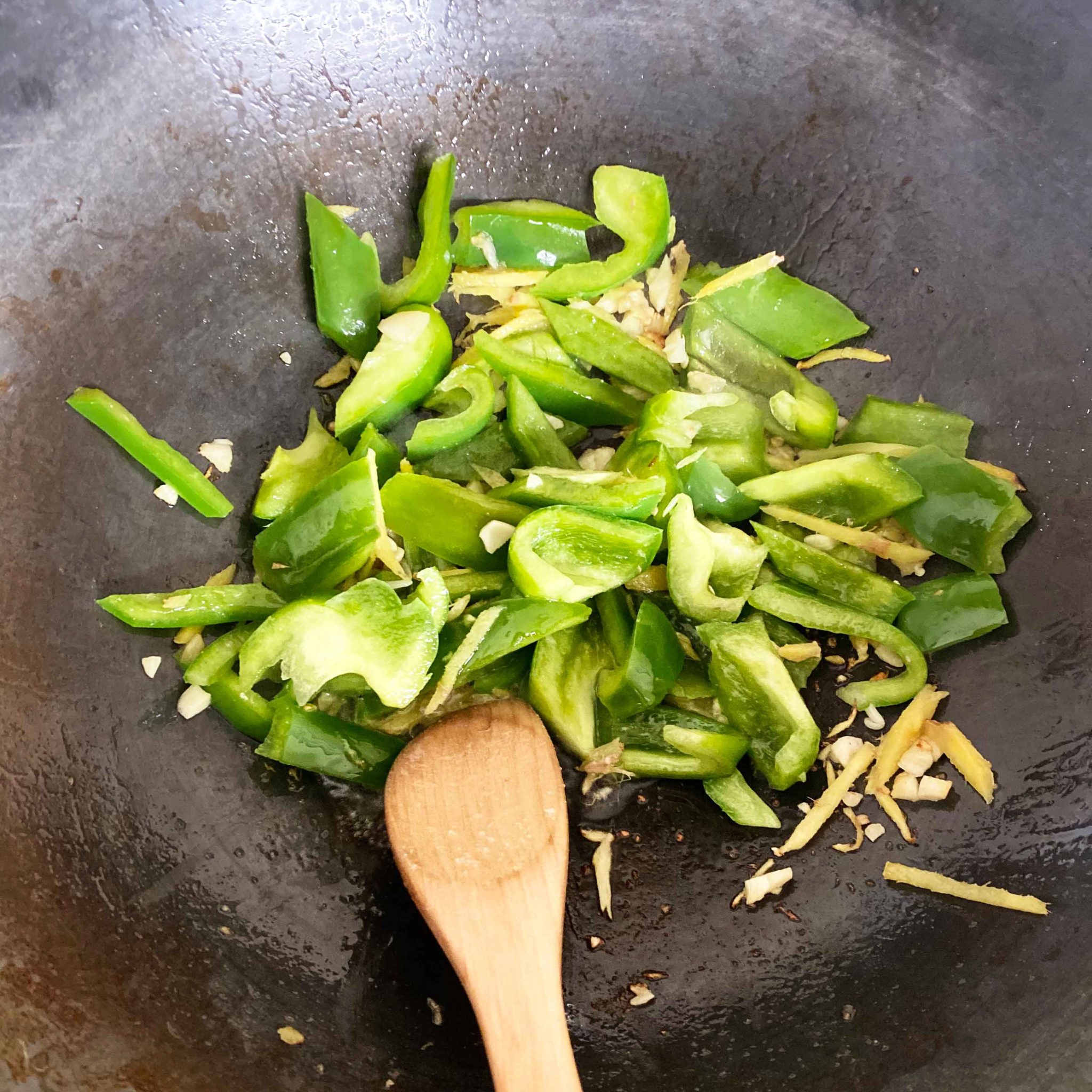
In a high-heat pan:
1 tablespoon of oil
First, cook your protein (when completely cooked, remove and set aside, drain any liquid it might have released).
Now add 2 tablespoons of cooking oil to the pan and add ginger, garlic and bell peppers (mushrooms if you decided to use).
Stir-fry for 30 seconds.
Add hard vegetables if you decided to use (like carrots or celery).
Stir-fry about a minute.
Add noodles and sauce and stir-fry until there is no moisture on the bottom of the pan.
Add bean sprouts, cabbage, green onions and protein.
Stir until ingredients are well cooked.
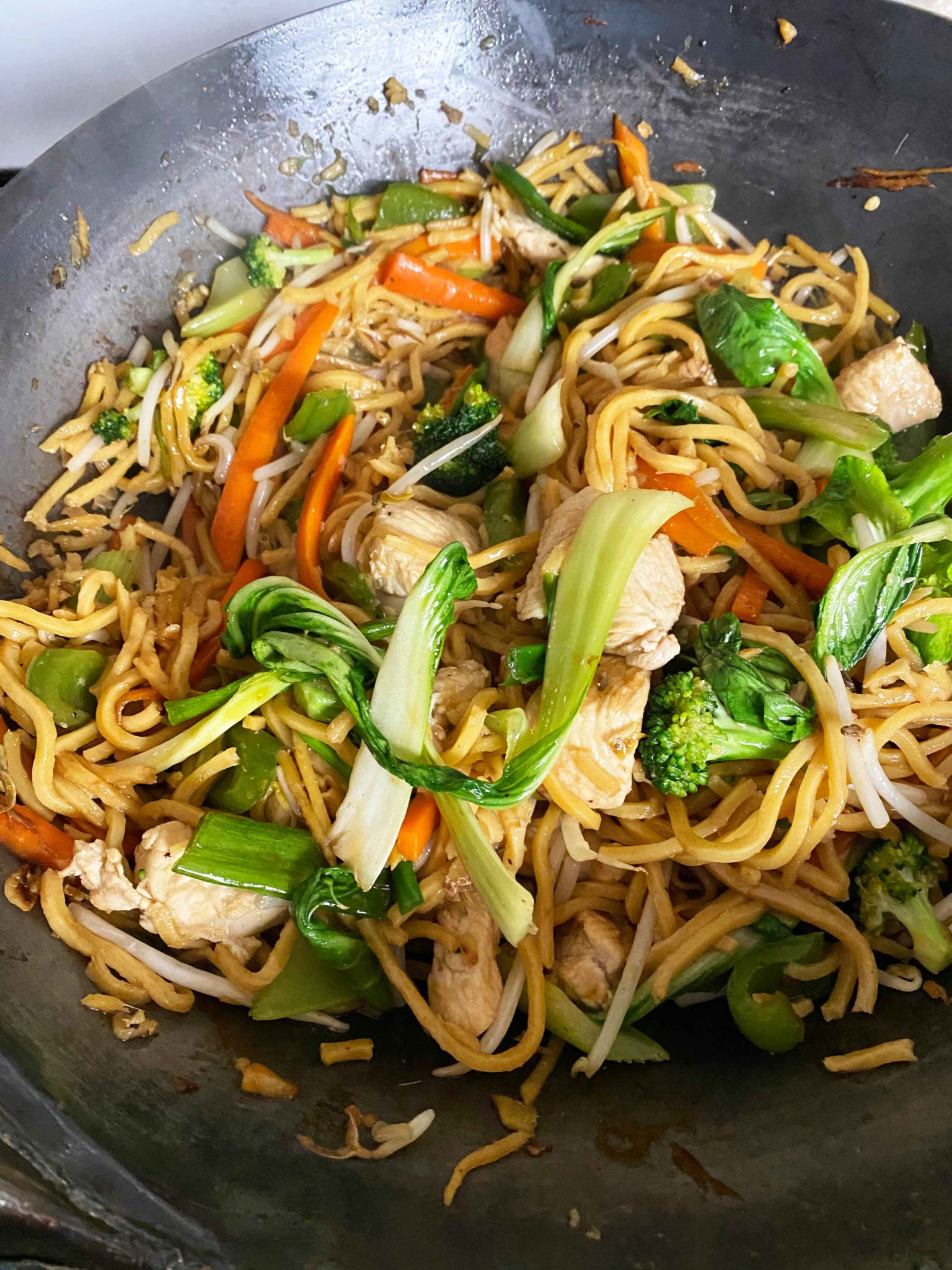
Serve:
Sprinkle sesame seeds and 1 tablespoon of sesame oil.
Quick Asian marinade
2 tablespoons of oyster sauce
1 tablespoon of hoisin sauce
1 tablespoon of fish sauce
1 tablespoon rice vinegar
1 tablespoon of sugar
3 chopped garlic cloves
1 ounce of ginger, finely chopped
1 Thai chili, finely chopped (for a kick)
Mix in a bowl and marinate your protein for 20-30 minutes



